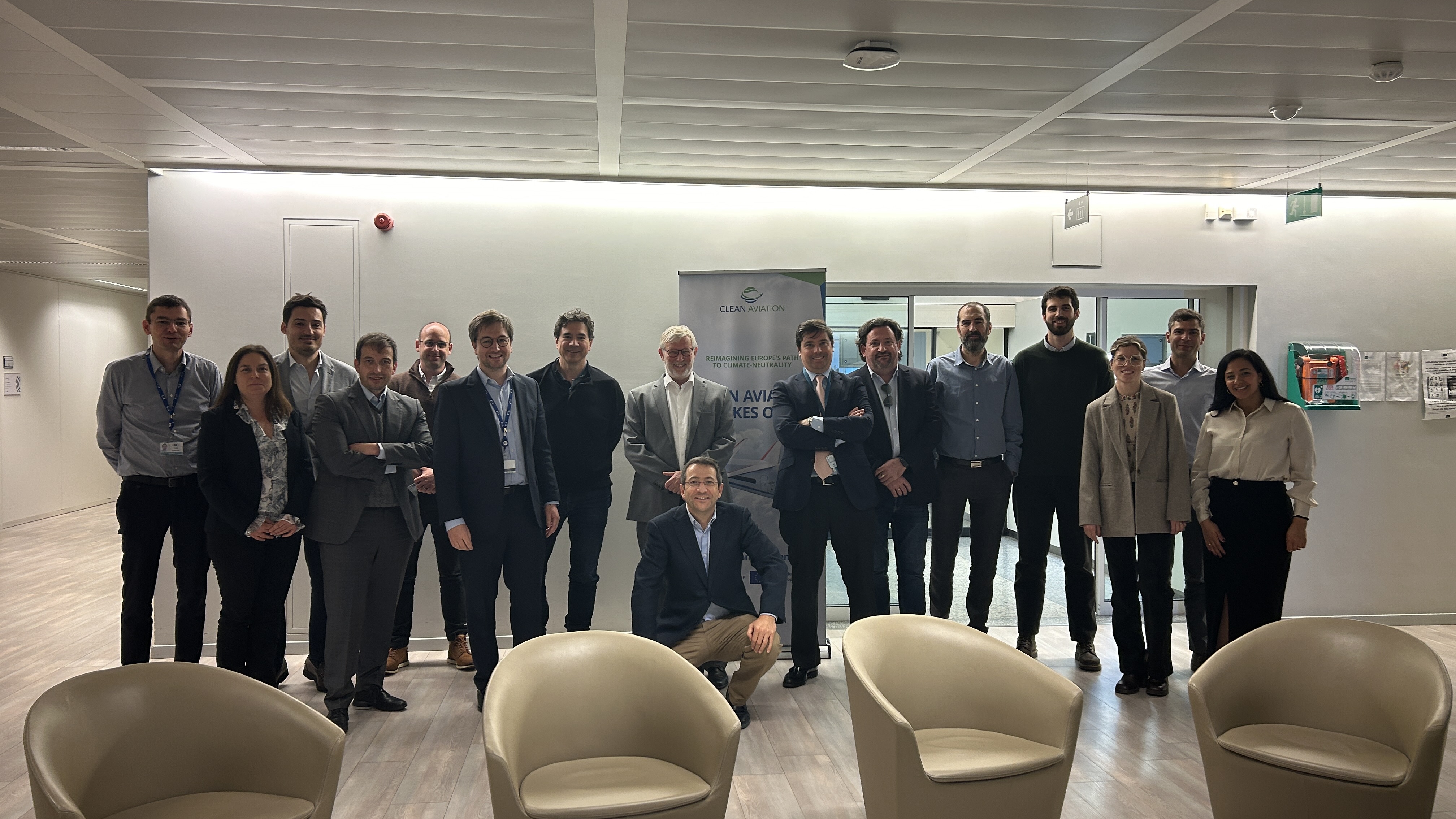The HERWINGT consortium had its first annual meeting at the Clean Aviation premises in Brussels Belgium. This milestone event concluded on February 21, with the reviewers commending the diligent efforts of the consortium. After the successful completion of the meeting, the HERWINGT partners have rolled up their sleeves working intensively, first, on sustaining the flow of virtual architecture and design, aligned with the HERA project inputs at the wing level. This is essential for delivering a cohesive wing solution aligned with the aspirations of a regional aircraft. Second, the HERWINGT partners have been focusing on clarifying and simplifying the impact monitoring process with an emphasis on wing weight reduction. The third goal is to elaborate the rationale for the weight-saving potential of each HERWINGT key technology while developing a metric applicable to compare technologies with the state-of-the-art for the various components of the wing leading to feedback into the architecture work at the wing level.
Furthermore, the dynamic individuals from the HERWINGT project consortium, including Massimiliano Russello from AIMEN and Coro Garcia from M.Torres, took the initiative to showcase the project’s advancements. In that frame, they presented the HERWINGT poster and leaflet at the prestigious JEC World 2024 exhibition held in Paris, France.
Finally, scientifically speaking, the HERWINGT partner Pietro Catalano from CIRA has conducted a study on the aero-structural design of a high aspect ratio wing in the framework of the HERWINGT project supported by the Clean Aviation Joint Undertaking and funded by the European Union. The aim is to design an innovative wing suitable for the future hybrid-electric regional aircraft, that will contribute to the overall target of reducing fuel consumption, CO2, and other greenhouse gas emissions, by improving the aerodynamic efficiency and reducing the wing weight. Keep abreast of the latest updates on this subject by connecting with us on our social media platforms, LinkedIn and Twitter, and visiting our website!

The project is supported by the Clean Aviation Joint Undertaking and its members.
Funded by the European Union. Views and opinions expressed are however those of the author(s) only and do not necessarily reflect those of the European Union or Clean Aviation Joint Undertaking. Neither the European Union nor Clean Aviation JU can be held responsible for them.

